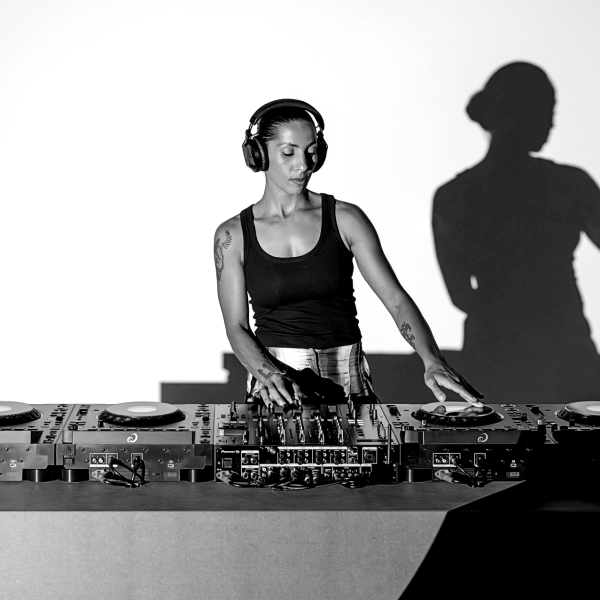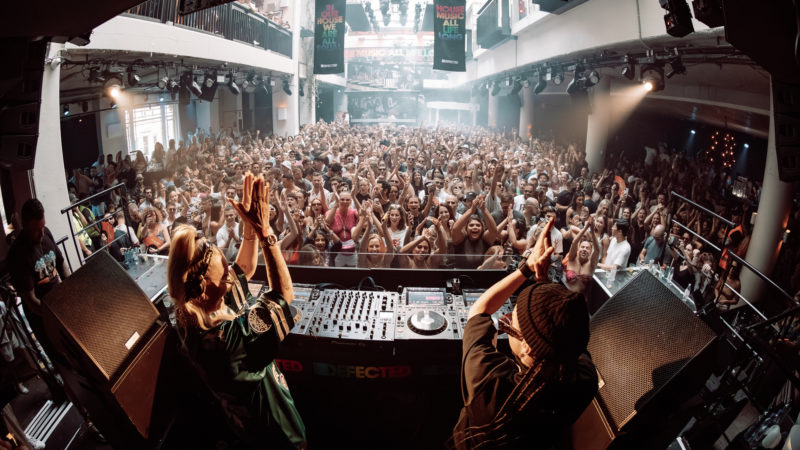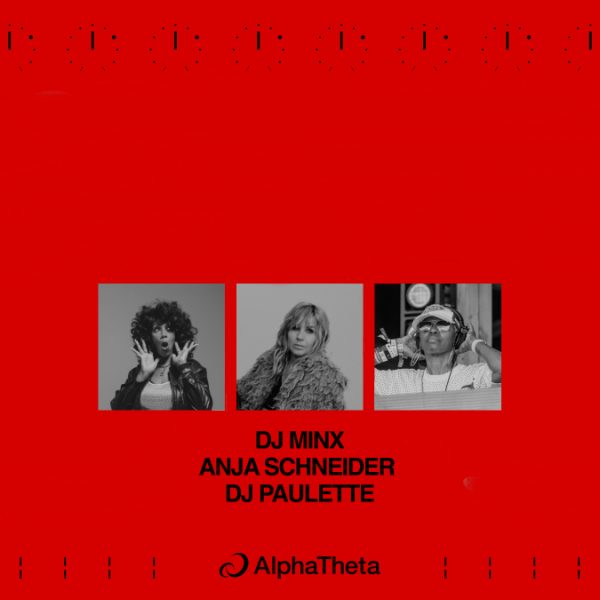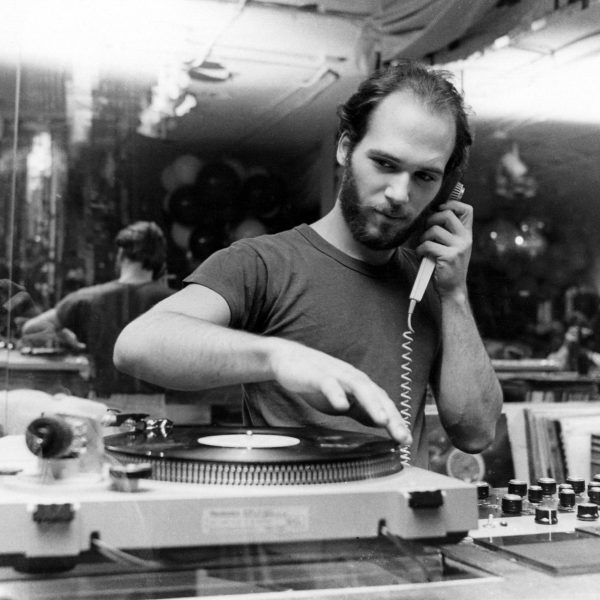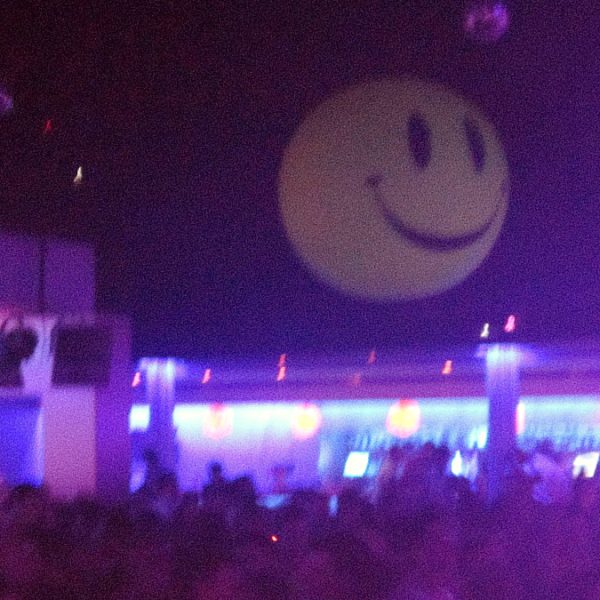What the audience expects
So how does rapid social media success translate “on the ground” at actual events?
“It does come down to the crowd and maybe the expectations around the artist,” said Sam. “The fact that certain artists can sell out certain venues and the reason for their boom is fast growth on social media, means they can sell tickets. That [type of] crowd is expecting something—those big familiar moments, big drops from the outset—a DJ just going for it rather than it being a journey.”
These familiar moments are often associated with edits of huge mainstream songs. The increasing popularity of edits has developed across multiple scenes and genres, which itself has sparked plenty of debate.
“I feel like there’s a culture where a DJ might bring in a Beyoncé edit and everyone kinda knows the track from years ago, so having their own spin on it creates a bigger moment in sets,” said Chris. “When rave heads go to a rave they might be really interested in the artist, in the journey and appreciate their own music, but not everyone is a devout listener and are there to just have a good time at a party. If they know that Beyoncé edit then it’s only going to be a better reaction for the DJ.”
Edits aside, those “rave heads” certainly still exist. “I think those more ‘headsy’ or just more—it’s not even headsy, more ‘forgiving’ crowds—they want to lock in, they want to be taken on a journey, and I do think those crowds absolutely do still exist,” said Sam.
After Covid, people may have returned to dance floors to find new dynamics in play, with changes in audiences, splits in attitudes between generations, and the broader financial situation all becoming factors.
“There was obviously a two-to-three year pause in people going to clubs and when we returned, there was a massive shift in the audience and the way people interacted within those spaces,” said Chanel. “A lot of these people are relying on social media for their information and in turn have been looking at these drop videos as influence for DJs to follow or nights to attend.”
“Maybe more people are going to bigger venues and bigger festivals and not supporting local clubs as much because they want to go and see certain DJs or a certain type of set now, which is different to back in the day,” Tom said.
“With the cost of living people are choosing the events they go to a lot more, so they want to save themselves and be like, ‘You know what? I paid all this money and wanna have a great time so let’s capture some amazing memories’. A big drop could be a moment for that,” said Chris. “Tickets for shows are so expensive right now that maybe the audience want to show off where they are, show their friends that they’re having a good time. Maybe capturing the drops and the best moment possible is only going to be done more so.”
“It’s the most popular thing on social media these days. It’s cool to be at an event, it’s cool to be at a festival, Printworks, Drumsheds or Warehouse Project,” said Thomas. “You sometimes go on Instagram or TikTok and all you see is just people at events, but everyone tells you events aren’t selling well. There’s a bit of a disconnect between what’s actually going on and what people are showing on social media, in my opinion.”
Could we see a generational gap open up? There might be a continued expansion of drop videos as social media’s formats progress, or we may see a total rejection of the trend as the winds of taste blow in a different direction. The joke of “waiting for the drop” seems to be more prolific, for example —see this video of Nina Kraviz at Tomorrowland 2023 and its accompanying comments.
Instead, and as alluded to by many of those we spoke to, it could be that we see different scenes, genres and crowds align with different mentalities. There may be a divide between the more casual consumer, who rely on drop videos and social media to decide on their next event, and the music nerds who hate the thought of social media disrupting the purity of music in any shape or form. Club music is not, and has never been, one homogenous mass, after all.
